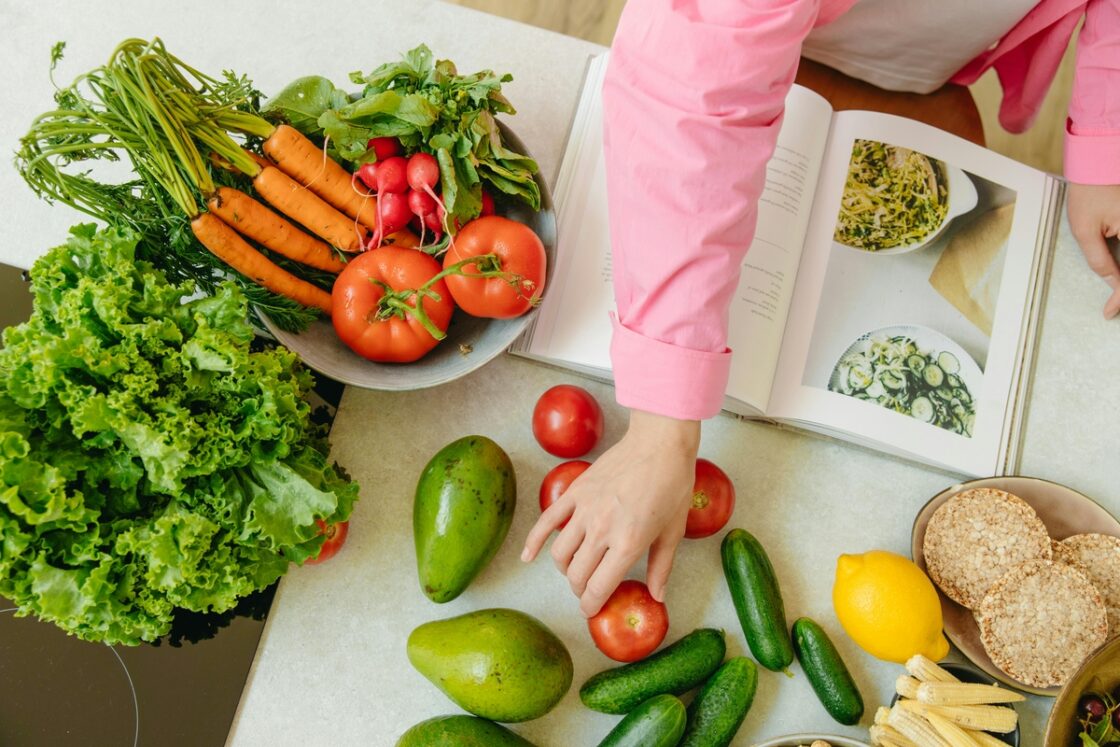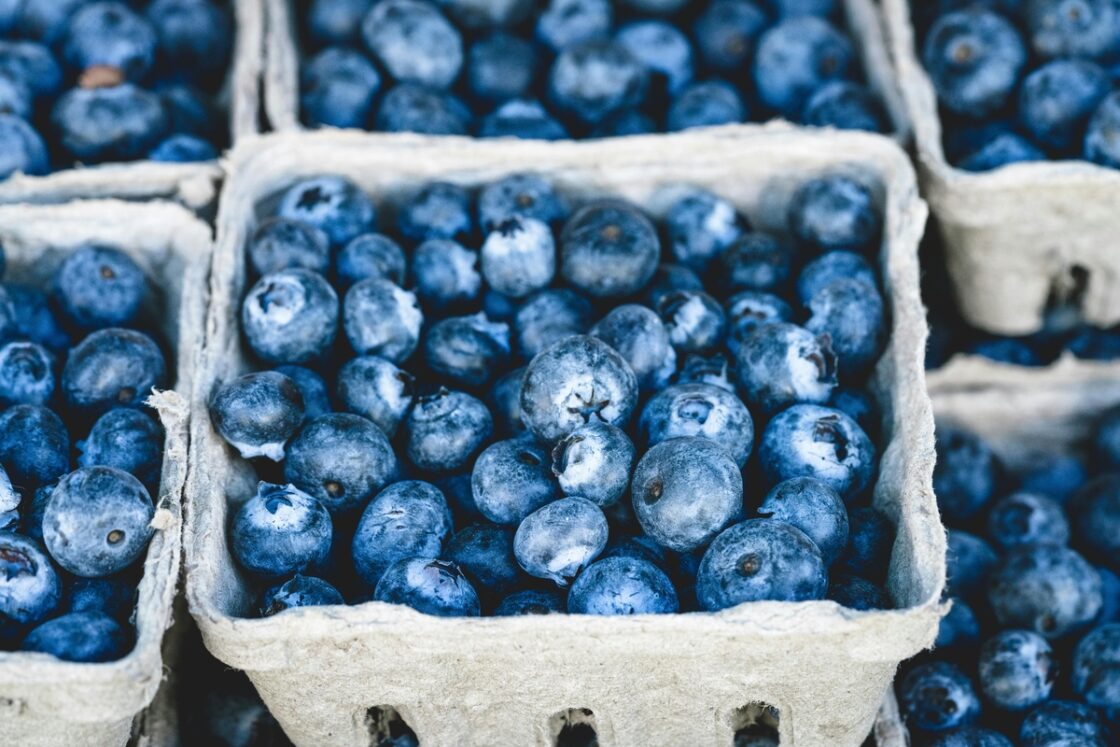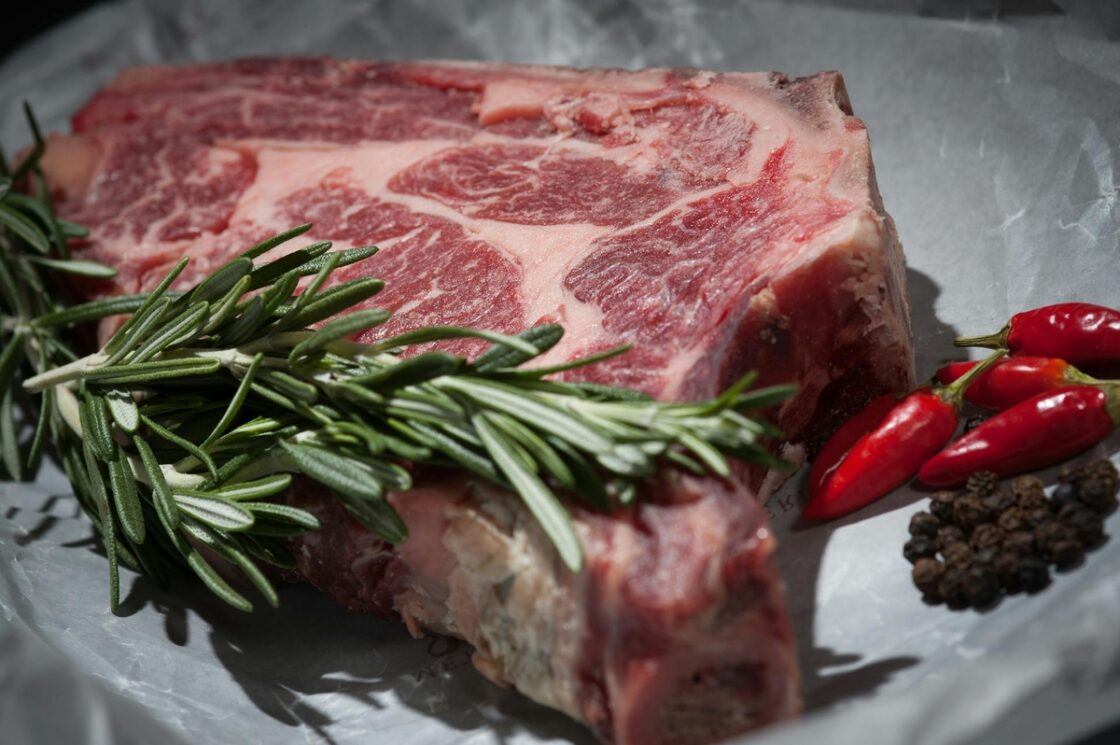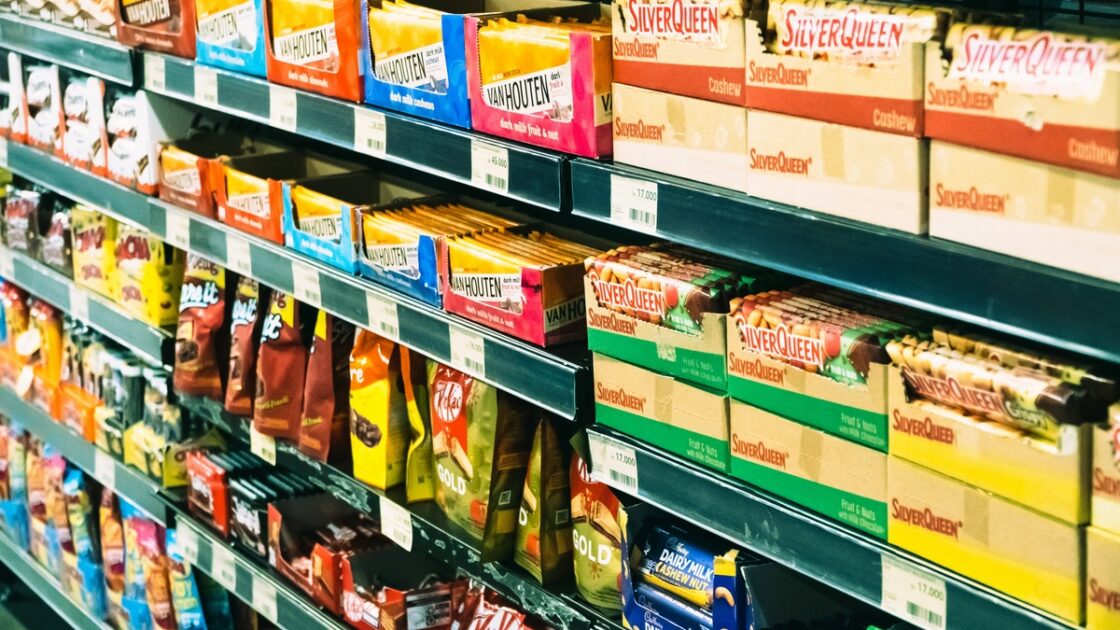
On February 1, the White House announced that import tariffs would be levied on Canadian, Mexican, and Chinese goods imported into the United States1. The tariffs, have been positioned by President Donald Trump as a response to the threat of illegal immigrants, or “aliens”, and drugs “flowing into the country.” The import tariff rate will likely amount to 25 percent on North American goods and 10 percent on Chinese goods, although some exemptions may be announced April 2.
And while Trump claims that these tariffs are “not going to be a cost to [Americans], it’s a cost to another country,” top economists disagree2. Experts believe that tariffs will lead to price hikes, which we’re sure to feel when it comes time for your weekly trip to the grocery store.
What Is a Tariff?
According to USDA data, the U.S. is a net importer of food, and our reliance on foreign food has been growing for a decade.
A tariff is a tax imposed by a country’s government on imports of goods. This tax can provide a source of revenue, serve as a measure to regulate foreign trade, and discourage the purchase of foreign products in an effort to protect domestic industries.
According to USDA data, the U.S. is a net importer of food, and our reliance on foreign food has been growing for a decade. From 2013 to 2023, U.S. agricultural imports increased by 5.8 percent. Exports only grew by 2.1% during this same period, highlighting an imbalance in agricultural trade.
So what does all of this mean for us as consumers? Here are five ways your shopping list is likely to change in the coming months as a direct result.
1. Fruit and vegetables will become more expensive.

Thanks to tariff- and quota-free trade with Mexico and Canada since 2008, American imports from our closest neighbors have skyrocketed — particularly when it comes to produce.
In 2021, America was importing more fruit than it was producing, with 60 percent of our fresh fruit and 38 percent of our fresh veg coming from an outside source3. More than half of this was imports from Mexico — in 2022, Mexico supplied 51 percent of our imported fresh fruit and a whopping 69 percent of our imported fresh veg.
“The food group that we produce the least of to meet our dietary needs is fruits and vegetables,” says Zach Conrad, a food-systems expert at the College of William & Mary4. And that isn’t likely to change any time soon, according to International Fresh Produce Association VP of US Government Relations Rebeckah F. Adcock.
“Even with respect to putting America first and doing things here, that’s going to be a challenge,” she says, “because some of the spaces and places where we used to grow things… they’re simply not available for doing that.”
If the expected tariffs come into effect, according to Adcock, American consumers can expect to feel it — not necessarily in terms of scarcity, but rather with regards to price. “When things cost more, they cost more,” she says. “That’s very simple economics.”
And while the Fresh Produce Association is committed to mitigating the effects for consumers by, absorbing certain costs along the supply chain and petitioning the Trump administration for exemptions from these tariffs, she says that “certain products are going to perhaps feel the supply crunch more than others.”
“I hope that regardless of what happens, that people put their health first and their wellbeing first,” she says.
2. It will be more important than ever to eat seasonally.
According to the USDA, if Americans are relying more than ever before on imported food, it’s in large part down to our taste for out-of-season produce5. According to data from the USDA, the import share of ten produce items in particular increased more than 20 percent from 2007 to 2021, including several summer crops like blueberries, raspberries, bell peppers, and tomatoes.

Blueberries’ superfood status may have impacted their desirability, with an ever-growing body of research indicating that the anthocyanin pigments that give them their deep color are associated with reduced risk of cardiovascular disease, diabetes, and even premature death6. Avocado joins these summer items as an ever-growing import, with American consumption growing exponentially in recent years — from two pounds per person in 2001 to over nine pounds per person in 20227.
If the climate impact of consuming out-of-season produce wasn’t a deterrent, perhaps rising prices will be. Luckily, there are loads of other sources of the anthocyanins found in blueberries, ranging from black beans to red onions — both of which are available all year long. And smashed peas on toast with omega-3-rich tinned sardines make a great alternative to climate-questionable avocado toast.
3. Meat is going to become even more costly.
More than half of the fresh red meat imported into the U.S. comes from Canada, which also supplies a significant quantity of our poultry and processed meats8. And proposed tariffs are just one reason why the price for these items is about to go up.
Canadian cattle farms had already been culling their herds following spikes in the cost of feed. The feed price increases were caused by years of drought, leading to diminished cattle populations that predate any tariffs9. The U.S. is also in a beef deficit, pushing us to import beef from as far as Australia. It’s no surprise that the U.S. Bureau of Labor Statistics reports meat prices have been rising since early 2020, with the average price of ground beef in the U.S. rising 43 percent in the past five years.

If you haven’t already been reducing your reliance on meat due to its environmental impact, now is the time to consume less and consume better. Rely on local farmer’s markets to gain access to the best low-impact meat, and consider it a “sometimes” food.
4. Processed foods may be here to stay…
While we may be feeling the burn when it comes to fresh food, major packaged food makers in the Consumer Brands Association like PepsiCo and Conagra have already requested in a letter that Trump exempt ingredients not available from U.S. sources10. They argued that since items like coffee, oats, cocoa, spices, and tropical fruit are household goods not available in the U.S., these tariffs are likely to run counter to the president’s mission to counteract inflation.
“We believe targeted and carefully calibrated removal of these ingredients and inputs from tariffs is appropriate to best protect U.S. manufacturers and support [Trump’s] efforts to lower consumer inflation,” the letter said.
Adcock says that the trend of consumers opting for packaged foods in the face of inflation is a familiar one. “They have this option of picking things that are perhaps not nearly as healthy for them, simply because they perceive them to be more affordable,” she says.
5. …but they’re going to be pricier.

Not all packaged food will maintain its price if tariffs on Canadian products are levied. This is due to a reliance on a major import from Canada: rapeseed oil, also known as canola oil. In 2018, the U.S. was the second largest global market for cooking oils, with colza imports making up the biggest piece of the seed oil pie. Canada supplied 34.8 percent of a $4.1 billion canola oil habit in 201811.
Now more than ever before, refocus your weekly menu on plant-based whole food recipes and do your best to source your ingredients as locally and sustainably as possible.
Chris Barrett, a professor who specializes in agricultural economics at Cornell University, warns us that canola oil is lurking in a lot of shelf-stable goods. Even if you don’t think you rely much on it, you’re likely consuming it in some of your favorite snacks. Barrette tells the Atlantic that frozen and packaged foods, many of which rely on the inexpensive, mild oil, are likely to cost more following the implementation of the tariffs.
The good news is that to mitigate the effects of these tariffs, there are certain steps we can take that will make us more conscious and eco-friendly consumers overall. Now more than ever before, refocus your weekly menu on plant-based whole food recipes and do your best to source your ingredients as locally and sustainably as possible. Your wallet and the planet will both benefit.
Sources:
- https://www.whitehouse.gov/fact-sheets/2025/02/fact-sheet-president-donald-j-trump-imposes-tariffs-on-imports-from-canada-mexico-and-china/
- https://www.bbc.com/news/articles/c20myx1erl6o
- https://www.ers.usda.gov/data-products/charts-of-note/chart-detail?chartId=107008
- https://www.theatlantic.com/health/archive/2025/02/tariffs-food-america-agriculture/681620/
- https://www.ers.usda.gov/data-products/chart-gallery/chart-detail?chartId=58310
- https://pmc.ncbi.nlm.nih.gov/articles/PMC7442370/
- https://www.statista.com/statistics/591263/average-avocado-consumption-us-per-week/
- https://www.ers.usda.gov/data-products/us-food-imports
- https://www.reuters.com/markets/commodities/beef-prices-may-rise-canadian-ranchers-shrink-cattle-herds-fearing-trump-tariffs-2025-02-28/
- https://www.reuters.com/business/retail-consumer/us-food-giants-pepsico-conagra-seek-exempt-some-imports-tariffs-trade-group-says-2025-03-12/
- https://agriculture.canada.ca/en/international-trade/market-intelligence/reports/sector-trend-analysis-cooking-oil-trends-united-states-0
Source link
